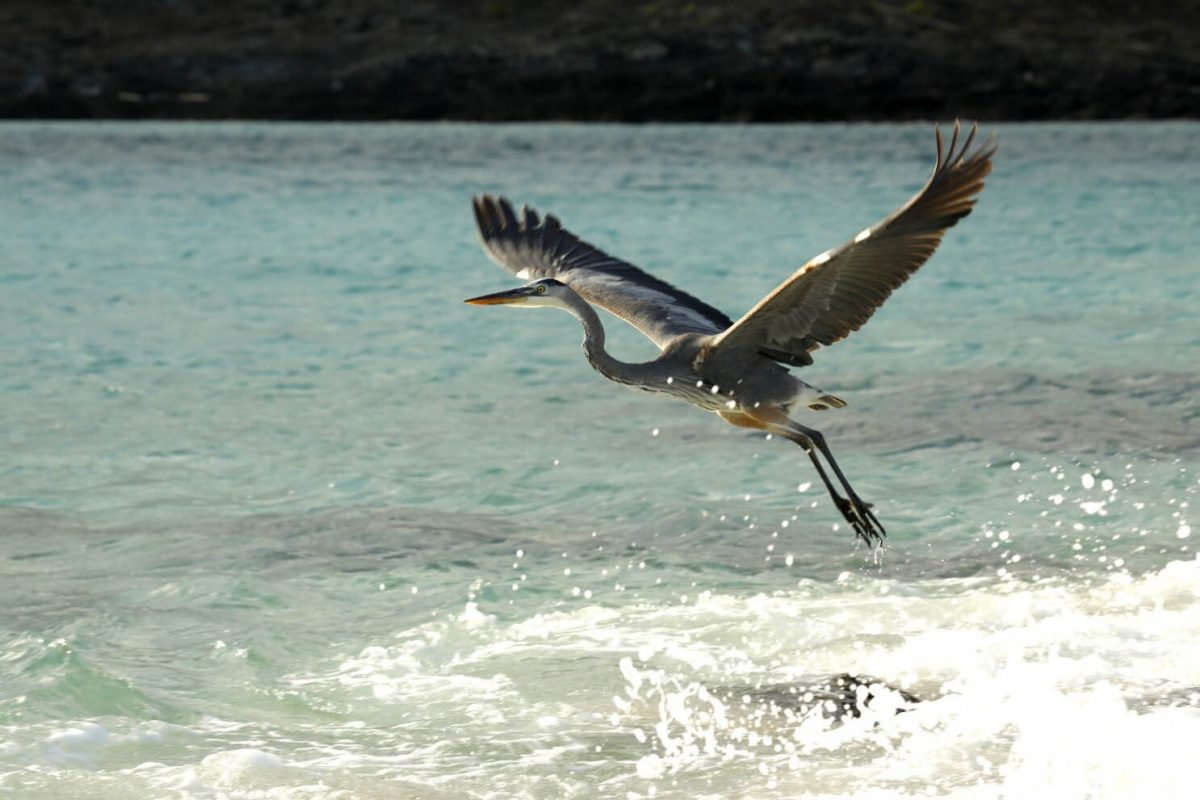SANTA CRUZ, Ecuador, (Reuters) – Ecuador yesterday created a new marine reserve around its pristine Galapagos Islands — whose rich biodiversity inspired Charles Darwin’s Theory of Evolution — as it seeks to expand protections for endangered migratory species.
Extending the reserve by 60,000 square kilometers (23,166 square miles) is the first step in a plan agreed by Ecuador with its close neighbours Colombia, Costa Rica and Panama at the U.N. Climate Summit in Glasgow last year to create a common corridor through which species threatened by climate change and industrial fishing can migrate.
The existing Galapagos marine reserve, one of the largest in the world, measures some 138,000 square kilometers (53,282 square miles), and the new conservation area will see 198,000 square kilometers (76,448 square miles) protected.
“Today we’re declaring a marine reserve with an area of 60,000 square kilometers, equivalent to an area three times the size of Belize,” Ecuadorian President Guillermo Lasso said after signing the new reserve into existence aboard the Sierra Negra research vessel docked in Puerto Ayora on Santa Cruz Island, the Galapagos’ tourist hub.
During the U.N. Climate Summit Lasso said he hoped the plan to expand the reserve would get financing via a conservation debt swap. However yesterday, Lasso did not reveal any financing details.
Environmentalists say the reserve will help protect at least five critically endangered species — including hammer sharks, whale sharks, turtles, as well as other species that migrate between the Galapagos and Costa Rica’s Cocos Island.
Even though it will squeeze the space available to Ecuadorian fishing crews, it will not avoid the presence of a 300-ship Chinese fishing fleet that anchors in international waters just off the islands each year as they hunt for giant squid.
The impact of this fleet on the Galapagos’ ecosystem has not yet been determined by Ecuador.









